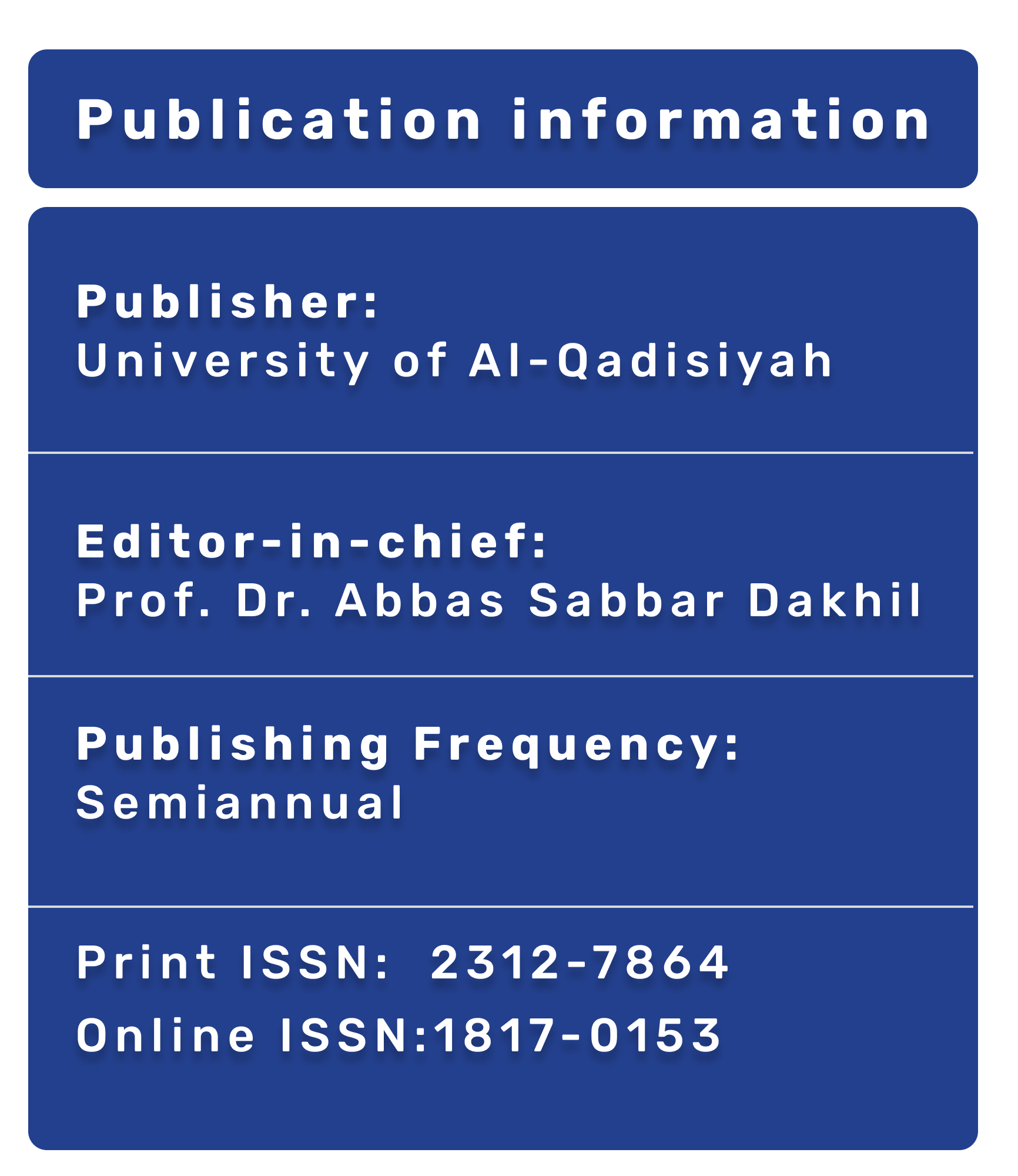The role of HOXA-9 in prediction of positive pregnancy outcome women undergoing intracytoplasmic sperm injection
DOI:
https://doi.org/10.28922/qmj.v20i1.951Abstract
Background: Febrile convulsions are prevalent in children aged between 6 months and 5years, with an incidence of 2-5%. On the other hand, iron deficiency is the most common hematologic disease of infancy and childhood with a periodof incidence that coincides with the time of developing febrile convulsions.
Aim of study :To evaluate any association between iron deficiency& febrile seizures.
Materials &Methods: Tow groups (n=60 in each) of 6-month to 5-year old febrile children, who were admitted to AL-Zahraa teaching Hospital in AL-Najaf AL-Ashraf city between 1st of February 2011 to 31th of December 2011.
The first group, or the (FS group),included children with febrile seizure where the second group or the (control group), included febrile children without seizure. Blood samples were aspirated for measuring complete blood count (CBC) indices, serum Iron and total iron binding capacity (TIBC) levels
Results: Both groups were comparable for age, sex, &family history of febrile seizure. A total of 22 patient (36.6%) of cases had iron deficiency (Id) , compared to 9 patient(15%)of controls respectively with
p value=0.015.
The blood indices in the FS group were lower than the control group and statstically, has significant difference in MCV, RDW, serum Iron level ( p value=0.042,0.032,0.015 respectively) between two groups while no significant difference was seen in TIBC, Hb%. also there was no significant difference regarding other variable like family history, duration of breast feeding .
Conclusion. Id was more frequent among children with FS than those with febrile illness alone. The results suggest that Id may be a risk factor for FS and screening for Id should be considered in children presenting with the first FS.
The findings of this study suggested a positive association between iron deficiency and the febrile seizure in children.








